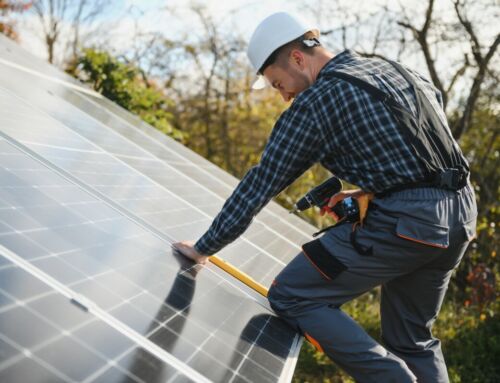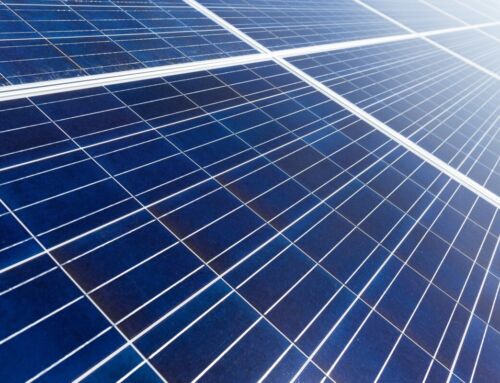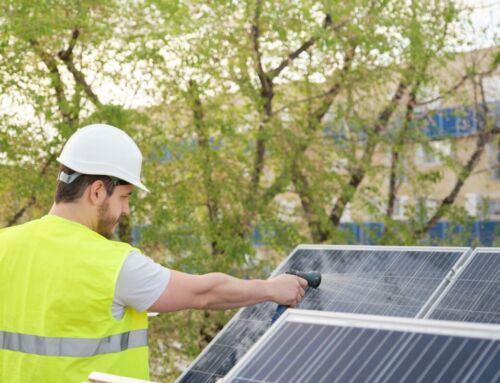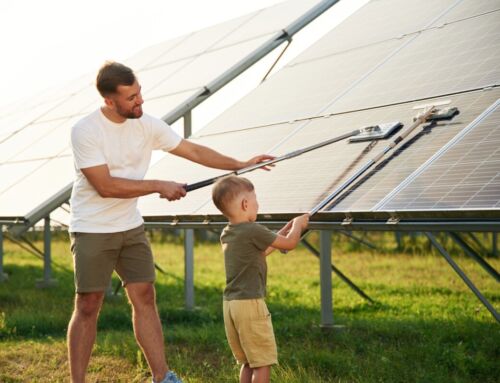The constantly increasing costs of electricity and increasing concerns about climate change have caused a significant increase in the adoption of solar energy globally. Solar power offers an efficient, cost-effective, and eco-friendly alternative to traditional energy sources. Setting up a solar energy system at home reduces your carbon emissions and provides long-term savings. This article delves into the intricacies of a solar energy setup for home, offering insights into the components, solar panels, benefits, and the process involved. Moreover, we will discuss how NewSolarQuotes.com can help homeowners find the perfect solar panel solutions tailored to their needs.
Understanding Solar Energy Setup for Home
A solar energy setup for home involves harnessing sunlight and converting it into usable electricity. This process is primarily achieved through solar panels, the cornerstone of any solar energy system. The efficiency, capacity, and overall performance of your solar power setup largely depend on the quality and placement of these panels.
Components of a Solar Energy Setup
To effectively establish a solar energy system at home, it’s necessary to understand the key components that combine together to generate and distribute solar power:
- Solar Panels: They are photovoltaic (P.V.) modules made up of cells that capture and absorb sunlight and convert it into direct current (D.C.) electricity.
- Inverter: This device converts the D.C. electricity produced in the solar panels to alternating current (A.C.), the type of electricity most home appliances use.
- Mounting System: Solar panels must be securely fixed in place, either on the roof or the ground. The mounting system ensures that the panels are at optimal angles and orientations for maximum sunlight exposure.
- Battery Storage: While not always necessary, battery storage systems allow homeowners to store the excess unconsumed solar power generated during the day for use at night or during cloudy periods.
- Charge Controller: This component regulates the movement of electrical energy to the batteries to prevent overcharging the batteries.
- Utility Meter: A bi-directional meter that measures the amount of electricity your solar system produces and the amount of electricity you consume from the grid, which is essential for net metering.
Types of Solar Panels
Picking out the right type of solar panels is crucial for maximizing the effectiveness of your solar energy setup for home. There are three types of solar panels available:
- Monocrystalline Solar Panels: Such panels are known for their high efficiency and sleek appearance. And these panels are made from a single crystal structure. They are perfect for residents with limited roof space as they produce more power per square foot.
- Polycrystalline Solar Panels: These types of solar panels are made from multiple silicon crystals and generally cost less than monocrystalline panels. However, they are also slightly less efficient.
- Thin-Film Solar Panels: Flexible, lightweight, thin-film panels are easy to install and apply to various surfaces. While they are less efficient than crystalline panels, they are a good option for unconventional installations.
The Benefits of a Solar Energy Setup for Home
Investing in a solar energy setup for your home offers numerous benefits beyond just financial savings. Here’s why more homeowners are turning to solar power:
- Reduced Electricity Bills
One of the most significant advantages of installing a solar energy system is the massive decrease in electricity bills. By generating electricity, you rely less on the grid, leading to substantial savings over time. Homeowners with well-optimized systems can sometimes eliminate their electricity bills entirely.
- Environmental Impact
Solar power is a clean and perpetual energy source that produces no greenhouse gas emissions. By switching to the regular use of solar energy, you can reduce your household’s carbon footprint and help combat climate change.
- Energy Independence
With a solar energy setup for home, you gain energy independence. This is particularly beneficial in areas prone to power outages or volatile electricity costs. Combined with battery storage, your home can remain powered even when the grid is down.
- Increased Property Value
Properties with solar energy systems usually have higher property values. As energy efficiency becomes a priority for buyers, homes with existing solar setups are seen as more attractive and future-proof investments.
- Government Incentives
Many governments offer incentives, rebates, and tax credits to encourage the adoption of solar energy. These incentives can significantly outweigh the initial cost of installation, which makes solar power more accessible and affordable for homeowners.
Steps to Setting Up Solar Energy for Your Home
Setting up a solar energy system requires careful planning and execution. Here’s a step-by-step guide to help you get started:
- Assess Your Home’s Energy Needs
The first step is to determine your household’s energy consumption. Review and assess your electricity bills over the past year to understand your average monthly usage. This information will help you determine the required size and capacity of the solar power system you pick.
- Evaluate Your Roof’s Suitability
Factors like roof orientation, tilt, shading, and structural integrity must be considered. South-facing roofs with minimal shading are ideal for solar energy setups. If your roof is unsuitable, ground-mounted solar panels are an alternative option.
- Choose the Right Solar Panels
Based on your energy needs and roof conditions, select the appropriate type and number of solar panels. Choose high-quality solar panels from reputable manufacturers to ensure longevity and efficiency.
- Obtain Necessary Permits and Approvals
Installing a solar energy system typically requires permits from local authorities. These permits make sure that your installation complies with building codes and safety regulations. Your solar installer should be able to assist you with this process.
- Hire a Professional Installer
While DIY solar kits are available, hiring a professional installer is the best method to ensure the system is installed correctly and safely. A professional will also help integrate the system into your home’s electrical setup.
- Install Solar Panels and Components
Once all preparations are complete, the solar panels and associated components are installed. The panels are usually mounted on the roof, while the inverter and other components are installed conveniently near your electrical panel.
- Connect to the Grid and Test the System
After installation, your solar energy system must be connected to the grid. This step involves coordinating with your utility company to ensure proper metering and net metering arrangements. Once connected, the system is tested to ensure it’s functioning correctly.
The Role of NewSolarQuotes.com
At NewSolarQuotes.com, we are dedicated to helping homeowners transition to solar energy by providing comprehensive information and access to trusted solar panel providers. Our platform simplifies finding the best solar solutions tailored to your needs and budget. Whether you’re just starting your solar journey or looking to upgrade your existing system, we offer the resources to guide you every step of the way.
By partnering with top solar energy companies, NewSolarQuotes.com ensures you receive competitive quotes and quality service. Our main goal is to make solar energy accessible to all, empowering homeowners to make environmentally conscious decisions while enjoying the financial benefits of solar power.
Maintenance and Monitoring of Your Solar Energy Setup
Once your solar energy setup for home is installed, ongoing maintenance and monitoring are necessary to ensure its longevity and performance. Regular cleaning and maintenance of solar panels, especially in dusty or pollen-heavy areas, is necessary to maintain efficiency. Monitoring systems, often provided by your installer, allow you to track the performance of your system in real time, ensuring it operates at peak efficiency.
Additionally, most solar panels come with 20 to 25-year warranties, offering peace of mind regarding their durability and output. Inverters typically have shorter lifespans and may require replacement after 10-15 years.
Conclusion
Setting up a solar energy system at home is a forward-thinking investment that offers both environmental and financial rewards. Home and property owners can make informed and properly planned decisions that align with their energy needs and sustainability goals by understanding the components, benefits, and steps involved in a solar energy setup.
NewSolarQuotes.com is here to help you navigate the complexities of solar power and ensure you find the perfect solution for your home. With the right guidance and resources, your transition to solar energy can be smooth, efficient, and highly rewarding.





